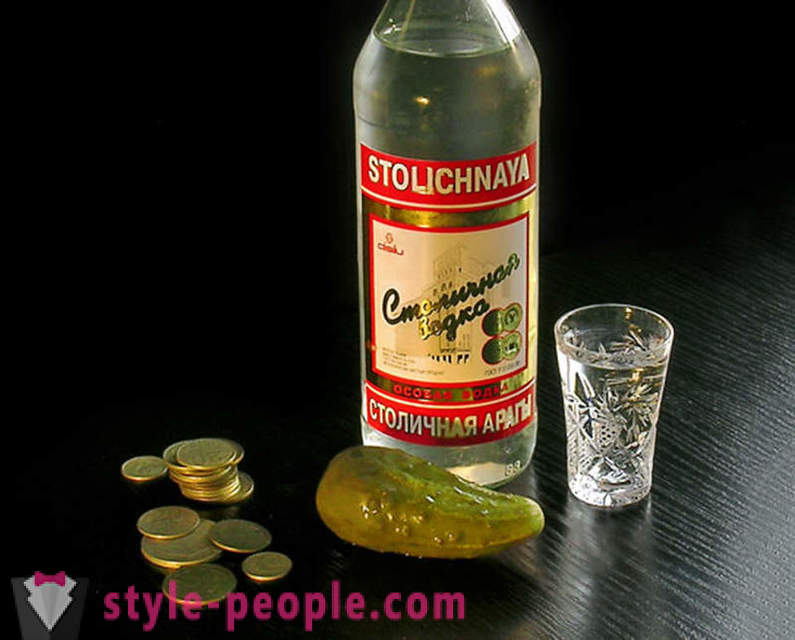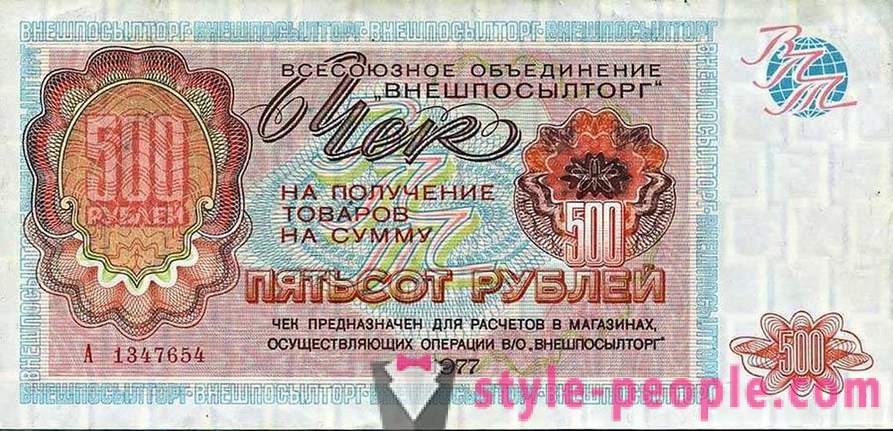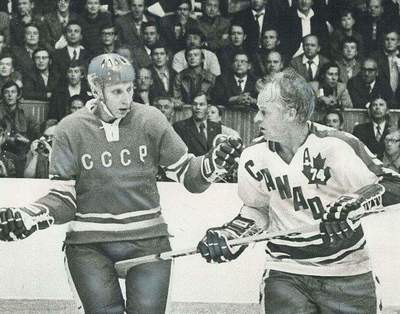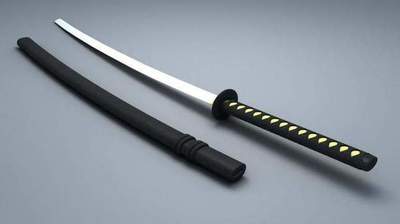Unusual cryptocurrency USSR
• Unusual cryptocurrency USSR
Why did the Soviet Union a universal means of payment was a half-liter bottle of vodka, and what good things of life could count the happy owner of the certificate of honor? About these and other non-cash means of payment in a classic Brezhnev's Soviet Union, please visit our release.


In purely utilitarian sense, the term "cryptocurrency" refers to some electronic unit that can be used in a number of transactions. No state does not provide this kind of means of payment. However, if we look at all these cryptocurrency wider, something important in their essence is not that they exist because of global computer networks and Chinese farms for mining. More importantly - that it arose spontaneously means of payment, not subject to any government restrictions. This is the essence of cryptocurrency. And electronic form - an accident is irrelevant. But as the USSR? It has classic Brezhnev's USSR cryptocurrency? Of course there were. True, they were not as high-Tekov.

The first thing that comes to mind in terms of Soviet cryptocurrency - is, of course, half a liter. Not vodka, as such, namely the half-liter bottle of vodka. In the Soviet countryside, it was very hard cryptocurrency, which can be used to hire workers on a very wide range of works. However, in the Soviet cities of half a liter it is also quoted as means of payment.

Unconditional cryptocurrency were different coupons. For example, vouchers for handed kilograms of waste paper rather quoted in the relevant circles of Soviet citizens languishing for good literature. Deposited Talon for 5 or 10 kg of wastepaper can be resold.
Food stamps, by the way, were not cryptocurrency - because one of the important features cryptocurrency - mass circulation. And coupons for free circulation of products do not have, because "it was the very little." That is, of course, any such speculation stamps took place, but they did not get tickets cryptocurrency. No one kept at home a pack of coupons for products in the hope that they can be used as surrogate money.

In the children's environment cryptocurrency were candy wrappers from chewing gum. In a photo, by the way, my children's collection, lovingly compiled in 70-ies of XX century. Of course, it was limited cryptocurrency as import of chewing gum in Brezhnev's USSR was not enough - all Soviet children are categorically not enough. But in a beautiful wrapper, especially with Japanese robots could barter a lot of the joys of life.

To a certain extent can be considered fictitious cryptocurrency Soviet state loan bonds. When good Comrade Stalin, who was very fond of working people, the add workers stripped as sticky forcibly foisted them bundles of bonds treasury bonds. Almost every Soviet family kept these bundles, inherited. Older people used to believe that one day the state still will return "borrowed". And, in principle, as a result of the government in fact it was to extinguish the bonds. However, those with 30-50's were seized money in exchange for a beautiful bond that has not waited. Well, lucky grandchildren. But I'm not about this dark stage of stealing of the population of the communist state. I mean bonds as such.

Checks Vneshposyltorg cryptocurrency the definition did not fit. Because they a) were issued by the state, and b) have a fixed state course. At the same time, of course, the black market rate was different. But it is still not cryptocurrency.

To some extent the Soviet cryptocurrency can be regarded as diplomas. However, with a big caveat. Certificates of honor, of course, can not be changed on some tangible asset. Yes, and it was impossible to sell. Because, on the one hand, it was meaningless junk. The Soviet state has invented it (say invented Stalin personally) to deceive the simple Soviet workers. Instead of specific additional work to pay a specific premium, workers often were given diplomas. Initially, in the 30s, because of not very high cultural level of the majority of Soviet people, it even worked. Man in fact could be happy and proud that his work for the shock had not paid properly and were given a piece of cardboard with bright pictures.
By the 70 th course, people have become smarter. However, since the diplomas in Sovdepiia used as a specific means of payment, they contained a certain economic value. The value of this was the fact that the person who has credentials were advantages in the distribution of wealth in comparison with those who had no credentials. Also letters could give additional bonuses. For example, when going to college applicant with a bunch of letters (no matter what) I have a greater chance of admission.

In general, in a country with poor material life, which was all the way to the Soviet Union, cryptocurrency could get almost everything that was deficient or made it possible to gain access to the deficit.













































